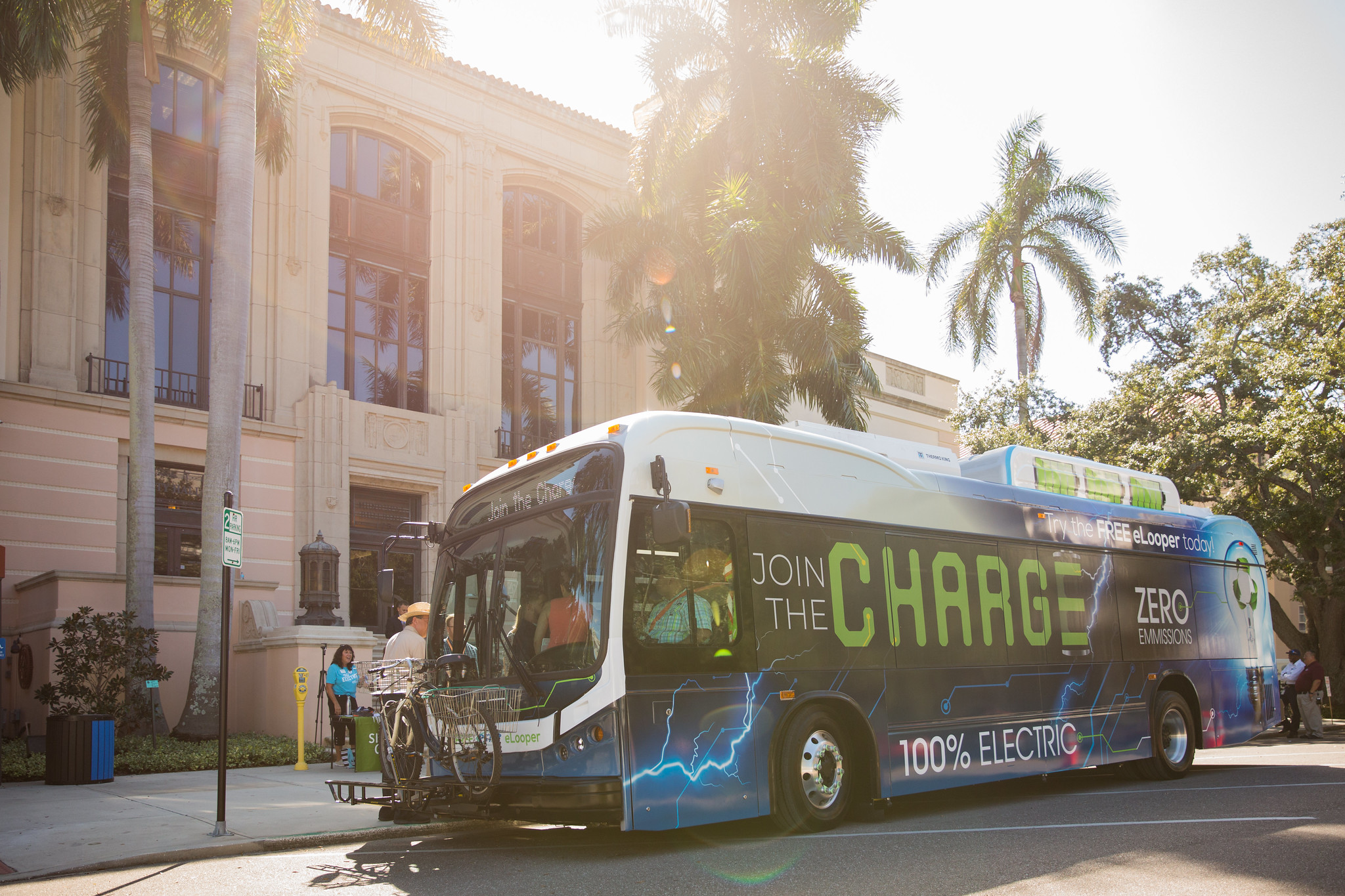Cities that turn to technology companies to save their transit systems are bound to be disappointed by the outcome.
Look no further than Pinellas County, Fla., whose transit authority was the first in the country to supplement its bus service with taxpayer-subsidized rides from Uber in February, 2016.
It all started when Tampa-area voters rejected a proposed increase in transit funding, prompting the Pinellas Suncoast Transit Authority, which provides 32,000 trips per day in Clearwater and St. Petersburg, to invite Uber, United Taxi, and Wheelchair Transport to pick up and drop off passengers in areas without existing bus service.
Initially, the PSTA subsidized the first $5 of any Uber ride that took a low-income passenger to a nearby bus station, and it later partnered with the tech company to provide free rides during overnight hours.The PSTA later extended the $5 subsidy to any trips taken in the county. To fund this "Direct Connect" program, the PSTA discontinued a low-performing bus route, which had cost $160,000 to operate.
Pinellas transit planners thought cutting bus service on little-used routes and supplementing them with Uber rides made sense financially. And they found support among county leaders like Florida State Senator Jeff Brandes.
“You need to bring in people who think differently,” Brandes told the Shared Mobility Center in 2016. “The first/last mile issue has been around forever. … Uber and Lyft have only been around for six years. It’s exciting to be able to use technology to help address some of these age-old problems.”
But a new report from the Shared Mobility Center shows that West Floridians were too optimistic about the effects that such taxi companies would have on transit in the Tampa area.
In the first phase of authority's Direct Connect program, only two Uber rides were ordered per day. The second phase extended the service, allowing passengers to get rides to or from one of eight designated locations across the county, but trips rose to only 40 per day by October 2017. Uber also absorbed many of the riders who relied on the Pinellas Park Circulator, a poorly performing bus route that would be cut the following year.
The third phase expanded the number of designated locations to 24 which boosted ridership to 4,000 trips in September 2018, according to Uber. But Uber made a reporting error in giving the subsidy erroneously to customers ineligible to receive it, which inflated their ridership numbers 60 to 300 percent. Pinellas County renewed the service through 2021 anyway.
At $200,000 per year, Direct Connect is saving the PTSA money — it costs about half of the poorly performing bus route, the East Lake Connector. But Uber has not been transparent about its ridership data, limiting the PTSA from understanding whether ride share is truly the best way to increase public transit usage across the county.
"PSTA’s ability to evaluate Direct Connect’s efficacy in providing a desirable service alternative to those riders has been limited by a lack of agency rider surveys, field observations, or detailed trip data from Uber," the report found. "Thus far, there has been no effective way for PSTA to understand how Direct Connect use interacts with its scheduled service, including which routes Direct Connect users are transferring to or from, or whether they are making a transfer at all."
Despite the evidence, regions are still investing in on-demand transit.
In 2016, the Massachusetts Bay Transportation Authority partnered with Uber and Lyft to provide taxpayer-subsidized rides for disabled passengers. But both companies' ride share services has failed to pick up paratransit customers in the Boston area repeatedly, according to a Boston 25 investigation.
This month, the Utah Transit Authority Board approved one-year $2.5 million agreement with Via to provide on-demand bus-like rides for Salt Lake City residents heading in the same direction at a flat rate.
And just this week the Central Ohio Transit Authority launched an app-based on-demand van service with Via for residents in Grove City, a suburb of Columbus.
Their new app, which was recognized by the federal Department of Transportation's Smart City Challenge, allows riders to catch a shuttle from a virtual bus stop which they would walk to and then pick up other passengers nearby along an algorithm-designed route.
Sounds almost like bus rapid transit.





